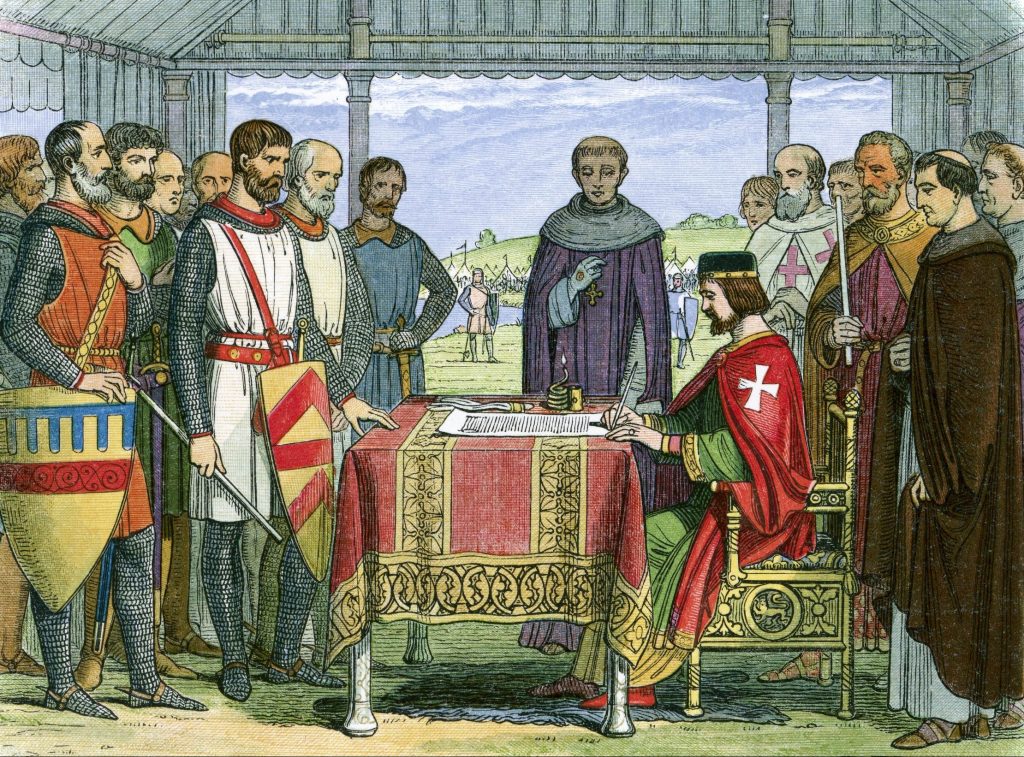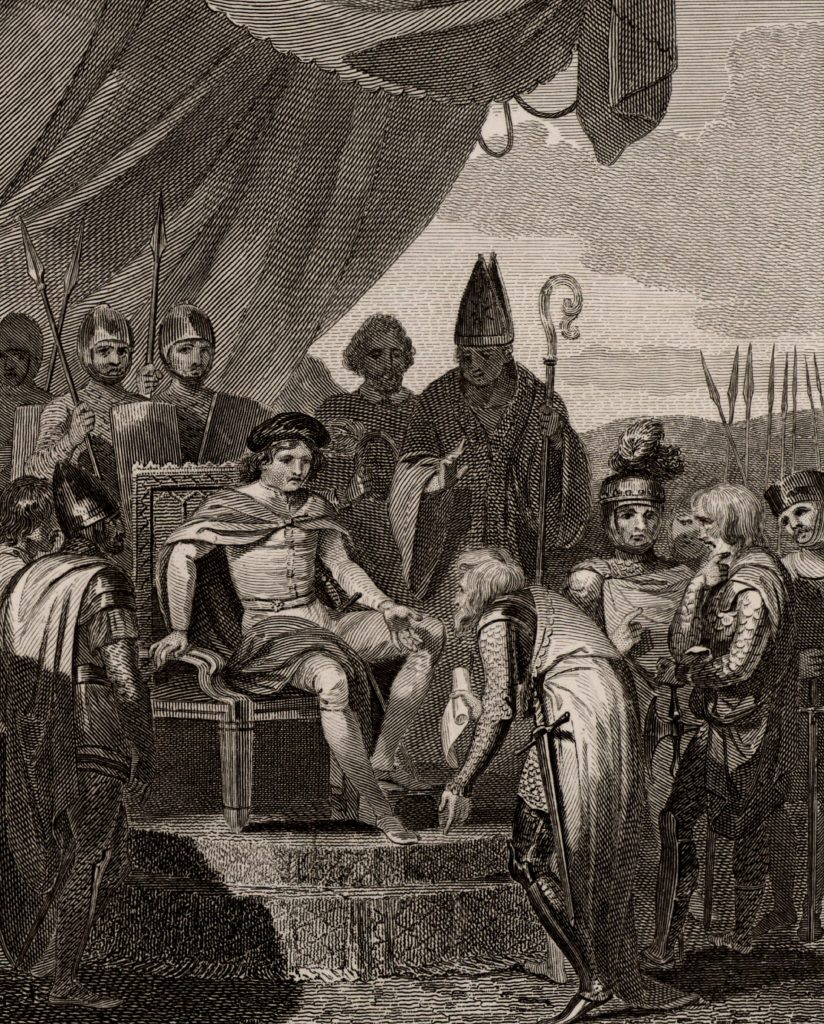Magna Carta – the great charter of freedoms
Magna Carta actually means “the great charter of freedoms”. The agreement was signed on 15 July 1215 by King John of England. This document was not only revolutionary on paper, but laid the foundations for future rebellion against the monarchy and is an important symbol of liberty even today, and thus represents a milestone in British and American democracy.


Magna Carta presentert til kong John av England
Ønsker du å lese hele artikkelen?
Ved å logge inn får du full tilgang til artikkelen, samt Lærerrommet med engasjerende læringsstier og oppgaver du kan bruke i undervisningen.
Ønsker du å prøve ut fullversjonen av Skolerom?
Kontakt oss her!


